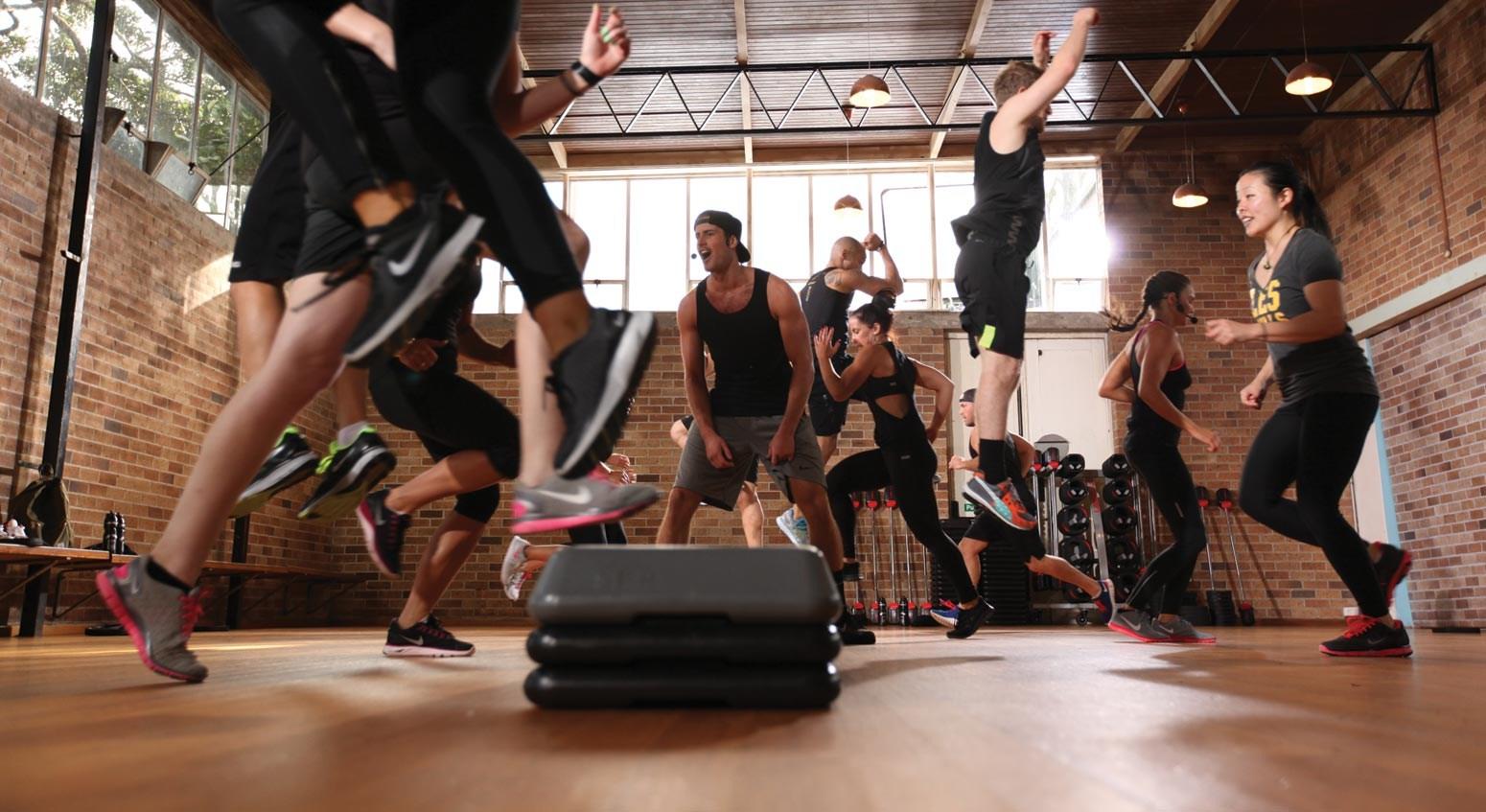HIIT and plyometrics might look very similar. You might hardly notice any differences at all. However, there are particular ways to incorporate each style of training into your workouts but you first need to understand why they are different and how each one can benefit you.
Simply put, HIIT is a type of training program that focuses on speed and uses intervals of rest between each exercise performed. You will take a group of 4 or 5 exercises and perform them in a circuit with a short resting period between each one.
Plyometrics takes fundamental exercises and makes them more challenging by adding jumping and lateral movements. An example of a plyometric exercise is a burpee or squat jump. They are very challenging exercises that are designed to increase speed, agility, and general athleticism.
HIIT

HIIT is a style of training that incorporates all different types of activities with the primary focus on speed and intervals. You will have a group of 5 exercises and perform each exercise as fast as possible for 20 seconds then rest for 10 seconds and move on to the next exercise. Once you have completed the set of 5 exercises you will start again.
Example HIIT routine:
20 seconds of work, 10 seconds rest, 3 rounds
High Knees
Sumo Squats
Butt Kicks
Push-ups
Situps
When you do the math it is actually a quick routine that will take less than 10 minutes. You can make the group of exercises more advanced, increase work time or add more exercises to the group to challenge yourself. The main objective of HIIT training is to rapidly burn calories through a steady heart rate. It is intended to be a full-body cardio routine that you can adjust accordingly to your fitness level and goals.
Plyometrics

Plyometrics is used to gain speed, agility, and strength through the use of high energy jumping and accelerated movements. The purpose of this type of training is to enhance the abilities used in other fitness activities. Basketball players need to jump high so part of their training uses plyometric exercises to enhance their jumping. Runners and sprinters need to move quickly and have a full range of motion in their legs. For this, they turn to plyometrics training to help advance their running. A lot of athletes use plyometrics as an aide or assistant to help them better perform.
Example Plyometrics routine:
5 reps per move, rest 30 seconds, 10 rounds
Squat Jumps
Skaters
Burpees
Lunge Jumps
Clapping Push-ups
As with Hiit, you can adjust training to fit your specific goals and needs. You can adjust the number of reps, how many exercises are in the group and also how many rounds you perform. Use Plyometrics as an aide to help enhance your athletic capabilities and move faster.
The Two Compared
Now that you can differentiate between the two types of training it is easy to identify which will suit your goals best. HIIT is best for people looking for an overall fitness program to increase stamina, lose weight, and strengthen and tone. Plyometrics training is a bit more advanced and requires more cardiovascular abilities. Use this training method if you are an athlete looking to enhance your sport, desire stronger legs and back, or are interested in becoming faster and more agile. Try testing out both for a few weeks and see how it amplifies your other fitness routines.



